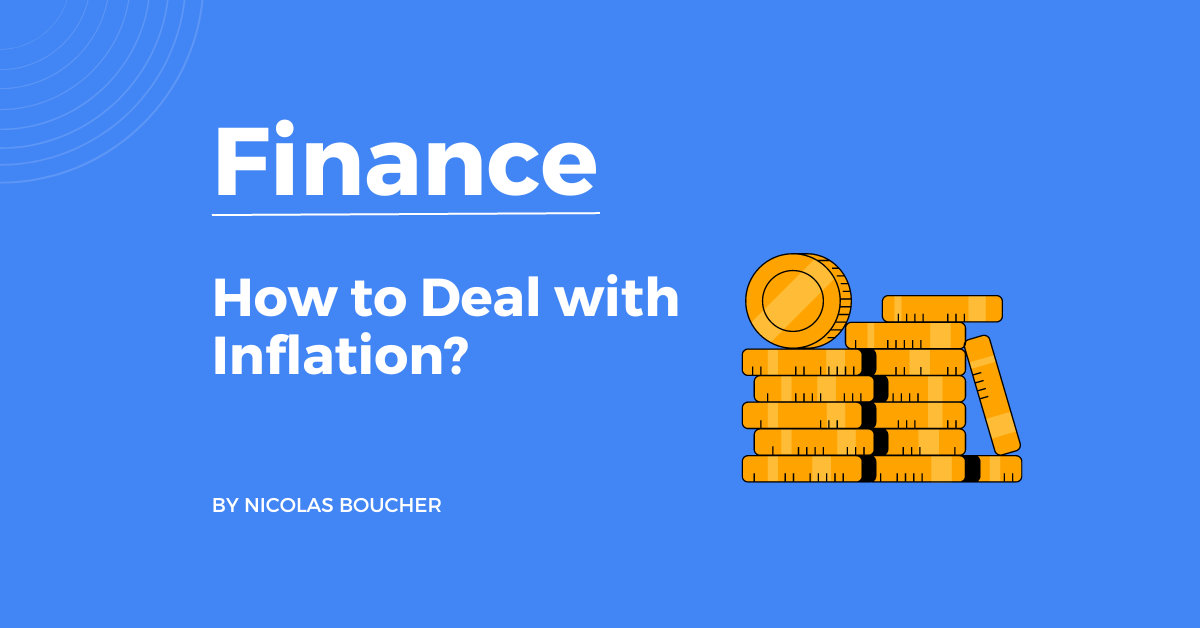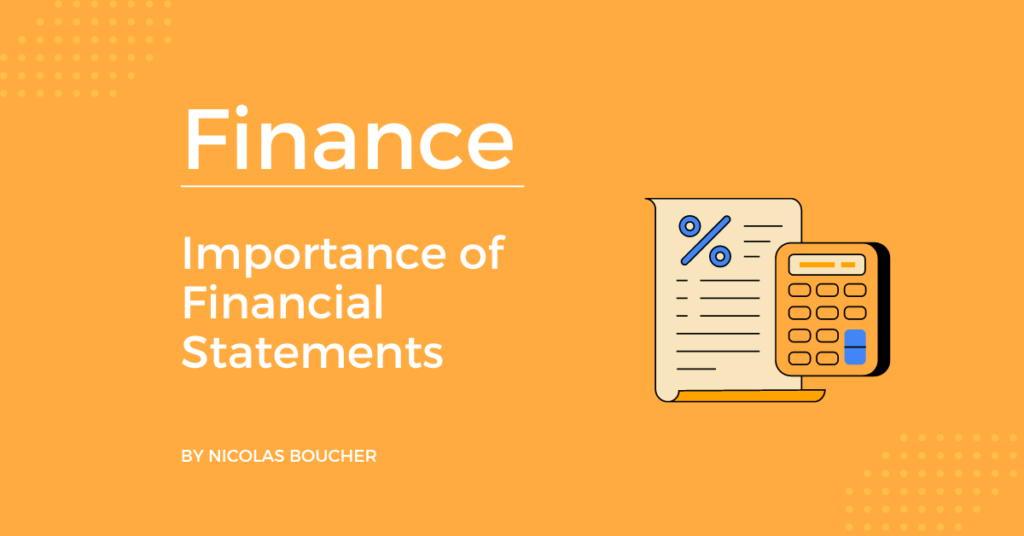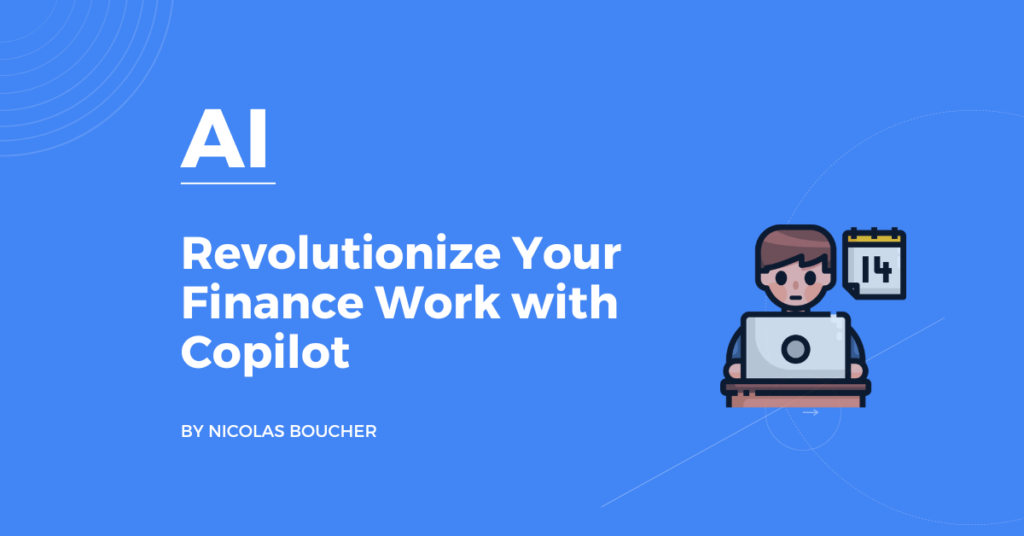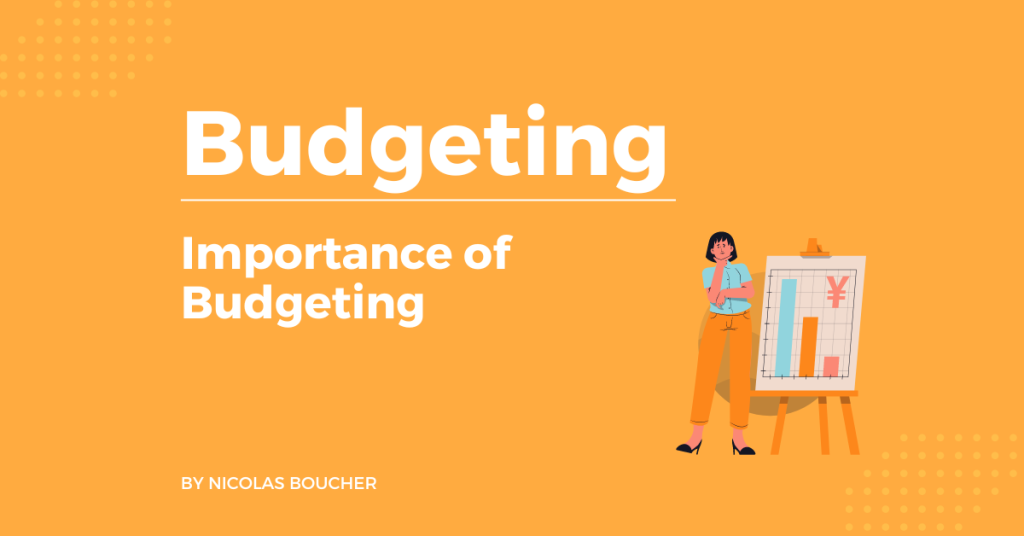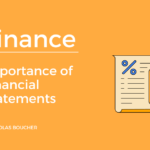When the cost of products and services rises broadly, as opposed to just for a few specific things, it is said to be experiencing inflation. This means that today, for one euro, you may get less than you could before.
If you work in finance, continue reading to learn what you can do.
Table of Contents
What Is Inflation?
The term “inflation” refers to an increase in prices, which over time, results in a loss of buying power. The average price rise of a selection of products and services over time can serve as a proxy for the pace at which buying power declines.
A unit of currency essentially buys less as a result of the increase in pricing, which is sometimes stated as a percentage. Deflation, which happens when prices fall and buying power rises, can be compared to inflation.
Here are the advantages and disadvantages of inflation.
Pros
- Increases the value of items upon resale
- Inflation at its ideal level stimulates expenditure
Cons
- Purchasers must spend more money on goods and services.
- Increase prices for the economy
- Increases some costs earlier than others
#1: Review Your Financial Models
First, you need to revise the models you have used by adding the macro economical factors:
Update the following assumptions:
- Salary increase
- Energy increase
- Material prices
- External services
- Rent
- Contractors
Once you reassess the impact of the cost increase, you assess the impact on your profitability, and we can go to the next part: review your pricing strategy.
#2: Review Your Pricing Strategy
Bring the results of your financial models into a discussion with the sales and marketing team. Then, together, you need to define what is the new pricing strategy to deal with inflation.
Help the sales team prepare their arguments for their negotiation with the client. Also, back up your inflation assumptions with external sources (energy index price, raw material market price, economical inflation index of your region…)
#3: Review Your Product Mix
Calculate the new margin per product using the new price and new costs.
Additionally, reassess the product mix to optimize the products with the highest margin contribution.
#4: Implement A Performance Plan
Pricing will not be the solution to cover all the costs increase.
Therefore, you need to run a performance plan with all departments to limit the cost effects:
- Trim your external services
- Use the advantage of the ways of working to reduce surface
- Review all your software licenses and check for duplicates or licenses barely used
- Streamline the span and layers of your organization
- Use the Zero Based Budgeting to identify savings
- Run an energy-saving plan
#5: Review Your Contracts
- Check existing sales contracts for existing price revision clauses and discuss with your clients to activate the clause.
- For new contracts, make sure you have a clause of price revision.
- Where you are on the purchaser side, negotiate to limit the inflation effect by finding other levers (payment terms, volume, long-term agreement).
What Impact Does Inflation Have?
There are several ways that inflation may impact the economy. For instance, if inflation weakens a country’s currency, exporters may profit since their products will be more competitively priced when expressed in the currencies of other countries.
On the other hand, this can hurt importers by raising the cost of items created elsewhere. Higher inflation might boost expenditure because people would try to buy things as soon as possible before their prices continue to climb.
However, savers can see a decline in the actual worth of their assets, restricting their capacity to consume or make investments in the future.
Is Inflation Beneficial or Detrimental?
The widespread consensus is that both too much and too little inflation are damaging to an economy. Many economists support a middle-ground rate of inflation of 2% annually or less, which they consider to be low to moderate.
In general, rising inflation is bad for savers since it reduces the purchase value of their savings. The fact that their outstanding loans’ inflation-adjusted values decline over time, however, might be advantageous to borrowers.
The Bottom Line – Handling Inflation Is A Top Priority
Inflation is widespread, and it is very important how you handle this. Therefore, stick to these five important steps.
- Review your financial models
- Review your pricing strategy
- Review your product mix
- Implement a performance plan
- Review your contracts
However, this situation is new for most of us, and we are all learning how to deal with it.
Finally, if you want to receive more finance tips like this, feel free to sign up for my newsletter. If you subscribe, every two weeks, you will receive an email from where I share best practices, career advice, templates, and insights for finance professionals.

